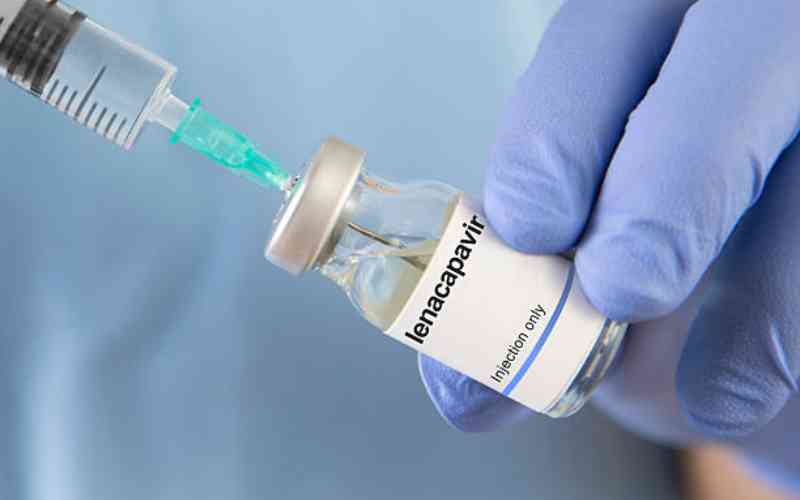
Post-partum haemorrhage (PPH) is a condition in which a woman suffers from excessive bleeding after giving birth. This can happen immediately after delivery or even up to 6 weeks later.
"Some blood loss will occur at childbirth but anything higher than 500ml of blood (for vaginal birth) or 1,000ml (for Caesarean Section) is considered excessive," says Dr Ruth Wamae, an Obstetrician and Gynaecologist.
Even so, the doctor adds, any blood loss that makes a mother physiologically unstable is considered PPH: which is the leading cause of maternal mortality in the world, as well as in Kenya.
"The excessive blood could be coming from one of four sources: the first one - in order of likelihood - is a uterus that has not contracted: termed uterine atony.
"The second is the presence of retained tissues - or some material - in the uterus. This prevents the uterus from fully contracting leaving its blood vessels open.
"The third is trauma that could have occurred in the perineum or on the cervix or any other part of the reproductive system - causing a tear.
"The last (and the least common) is women who do not have sufficient clotting factors to stop blood loss after delivery of a child."
- Africa urged to invest in data to curb maternal deaths
- Silent killer: Postpartum bleeding still claims ten mothers every day
- Why experts are pushing for breastfeeding, warn against formula feeding
- Baby's first cry, father's tears: Rare birth complication tears Kitengela family apart
Keep Reading
Dr Wamae is the National Advocacy Champion for the Accelerating Measurable Progress and Leveraging Investments for Postpartum Haemorrhage Impact (AMPLI-PPHI) initiative; conducted by the Kenya Obstetrical and Gynaecological Society (KOGS).
She advises women who are pregnant (or planning to be pregnant) to start their antenatal clinic (ANC) visits at the earliest opportune time.
"This is what a woman, at a personal level, can do to protect themselves from PPH," she says. "During ANCs tests will be performed to assess risk factors like anaemia, hypertension, presence of multiple babies and size of the baby, which will inform the next cause of action."
PPH is prevalent in Sub-Saharan Africa primarily due to systemic and policy challenges.
Indeed, currently, healthcare is allocated 11 per cent of Kenya's national budget, as opposed to the recommended 15 per cent in the Abuja Declaration, to which Kenya is a signatory.
"The extra 4 percentage points could be used to purchase enough drugs, equipment and tools - like Uterine Balloon Tamponade (UBT) and pneumatic antishock garment (PASG) - used by medics in handling PPH.
"It would also go in training medical personnel on proper management of PPH and improving pharmacovigilance; so that all PPH drugs are up to standard," Dr Wamae says.
Kenya's maternal mortality rate is about 355 per 100,000 live births. The doctor says tackling PPH will help the country get closer to the SDG 3 target of 70 per 100,000 live births, or even lower, by 2030.
 The Standard Group Plc is a multi-media organization with investments in media
platforms spanning newspaper print
operations, television, radio broadcasting, digital and online services. The
Standard Group is recognized as a
leading multi-media house in Kenya with a key influence in matters of national
and international interest.
The Standard Group Plc is a multi-media organization with investments in media
platforms spanning newspaper print
operations, television, radio broadcasting, digital and online services. The
Standard Group is recognized as a
leading multi-media house in Kenya with a key influence in matters of national
and international interest.











